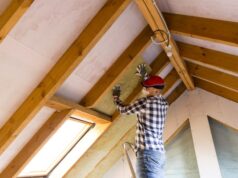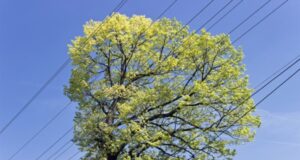
When planning renovations or building projects, especially in areas exposed to strong winds, understanding wind speed cut-in and cut-out is crucial for the safety and performance of your home’s systems. These terms relate to how certain equipment—like ventilation fans, wind turbines or solar panels—respond to wind conditions to protect themselves and your property.
What are wind speed cut-in and cut-out?
- Cut-in wind speed is the minimum wind speed at which a device, such as a wind turbine or ventilation fan, begins to operate.
- Cut-out wind speed is the maximum wind speed at which the device safely shuts down to avoid damage.
These features help ensure that equipment only runs when conditions are safe and efficient, preventing mechanical failure during high winds or storms.
Why are wind speed cut-in and cut-out important in renovations?
In coastal or exposed areas prone to strong winds or storms, choosing products with appropriate wind speed cut-in and cut-out ratings helps:
- Protect rooftop equipment like exhaust fans and solar panels
- Ensure ventilation systems operate efficiently without damage
- Comply with Australian building codes and manufacturer guidelines
- Reduce maintenance and repair costs caused by wind damage
Where are these considerations most relevant?
- Ventilation fans: Many roof and wall fans include wind speed sensors to switch off during high winds, preventing backflow and damage.
- Wind turbines: For homes with small-scale wind power, turbines have cut-in and cut-out speeds to optimise energy generation and avoid damage in strong winds.
- Solar panels: While not directly controlled by wind speeds, mounting systems must comply with wind loading requirements set out in AS/NZS 1170.2 to withstand high wind pressures.
Australian standards and regulations
Renovations involving external equipment must comply with the National Construction Code (NCC) and relevant Australian Standards, including:
- AS/NZS 1170.2 for wind actions on structures, which dictates design loads for wind pressures
- Manufacturer instructions detailing operating wind speeds and safety cut-outs for equipment
It’s essential to consult licensed engineers or qualified professionals when installing equipment exposed to wind to ensure compliance and safety.
Tips for renovators
- Discuss wind conditions with your builder or installer to select appropriate equipment with suitable cut-in and cut-out speeds.
- Ensure all rooftop or external installations are securely fixed to meet wind load requirements.
- Regularly inspect and maintain equipment to check sensors and safety features are functioning.
- Check local council or regional wind classifications to understand the expected wind speeds in your area.
Conclusion
Wind speed cut-in and cut-out settings play a vital role in protecting home systems during renovations or new builds, especially in windy or exposed locations. By choosing equipment designed for your local wind conditions and complying with Australian Standards, you can improve the longevity and safety of your home.
If you’re planning a renovation in a coastal or high-wind area, consider these factors early in your project to avoid costly repairs or replacements later.





